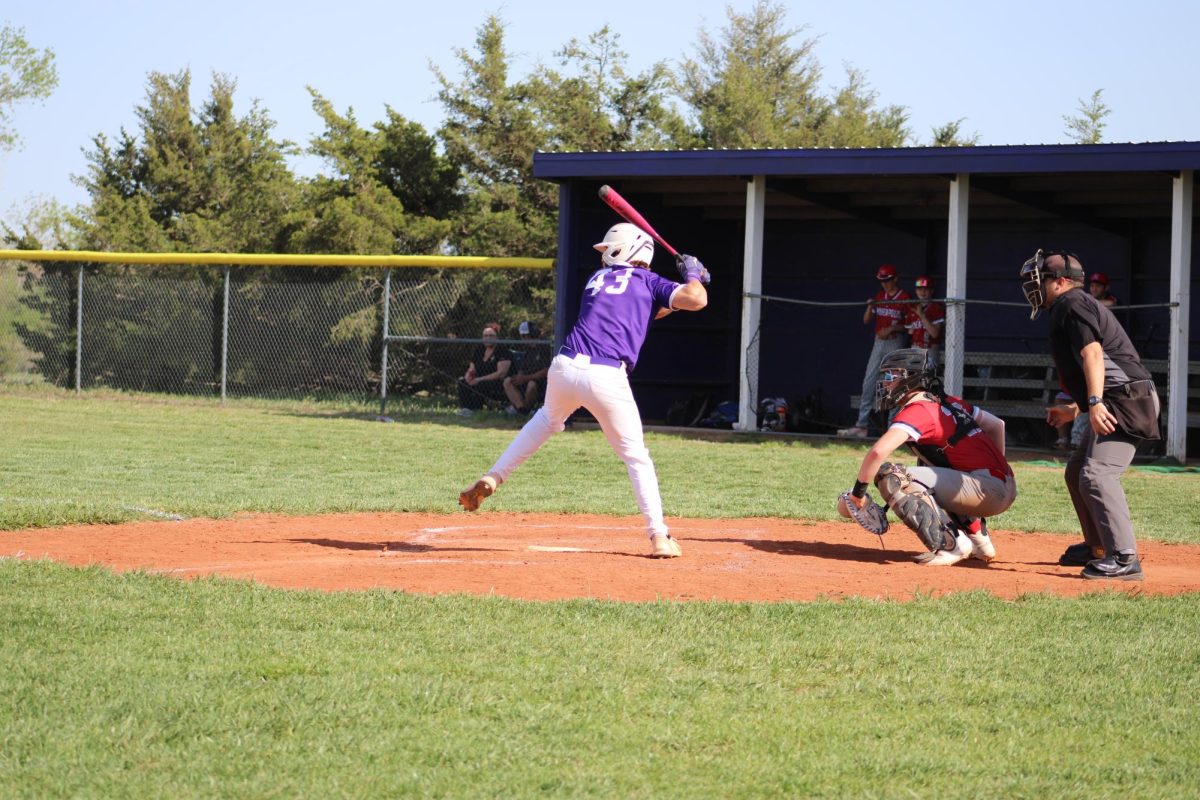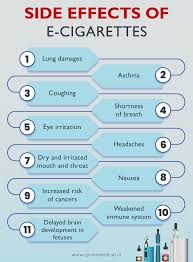The effects of COVID-19 around the world

September 28, 2020
For the past few months around the world, COVID-19 has dealt devastating blows to many countries, and the U.S. has not gone unscathed. Whether through an overwhelmed health system, thousands of deaths, or nearly $2 trillion lost globally, much of the world has been hit right in the backbone of their communities. Dense populations, lack of action, and no experience handling such a threat has thrown much of the world into a panic. There have only been a handful of countries that have acted strict and swiftly against the virus, and statistics and charts keeping track of the events from this year have shown the most stern courses of action give the best results as to flattening the curve. Sadly, the U.S. is not considered as one of those countries, as we are number one in total cases and deaths (worldometers). “The system isn’t really geared to what we (the U.S.) need(s) right now,” says Dr. Anthony Fauci on COVID test kits in a house hearing. This statement shows that even some of those most powerful and prominent countries in the world such as the U.S. can be hit hard by the virus. No matter the country, nobody will be able to take the full blow of ignoring the virus.
Countries that have had similar situations as the U.S. are Italy and the U.K. These countries have had the same heavy blow to their population from lack of action. The difference between the U.S. and those countries is that their course of action was taken almost immediately after the outbreak, and with far stricter guidelines, closing the public almost entirely.
They saw firsthand how dangerous the virus has the potential to be, and quickly realized that the threat was far greater than what they were doing to prevent it.
Before I show the details of how Italy and the U.K. reacted, it’s better to understand the term R(eff)(effective reproduction number). R(eff) is basically the number of times the virus is spread from one person to another. A R(eff) of R(0) means that the chance of it spreading is 0%. Preventing the virus from not spreading at all isn’t very realistic, but having and R(eff) of less than 1 is the ideal situation. When it is at R(4) for example, the virus would spread 4 times from every infected person. If every infected and newly infected person spread it to four people total over a span of 10 days, there would be a total of 1,048,576 cases. It would only skyrocket from there.
The first example of this is Italy. At first, their reaction was relatively tame, with loose guidelines and an open public. This caused the R(eff) to skyrocket for several weeks, which meant an explosion of cases that overwhelmed their country. After seeing the damage of the virus, they quickly imposed some of the strictest guidelines in Europe, which eventually pushed the R(eff) back down to <1. So far in Italy, there are a total of 270,189 cases, with 26 thousand being active (they still currently have the virus).
Another example of the virus getting close to out of control is the UK. At first, their actions could be seen as a series of missteps, as they first planned for a “herd immunity” strategy. They quickly moved into a strict lockdown much like Italy after seeing the effect of the virus on their country. The UK is currently ranked 13th in total number of cases with 338,676 with an unknown amount for active cases.
The effects and dangers of COVID even linger within our communities in Kansas. We have been lucky enough to live in far smaller towns and cities than what COVID is best known for attacking, but even thinking about letting it get to more and more people in Kansas, no matter how small the number, is dangerous. Kansas currently sits at just above a R(1) at 1.03. (rt.live’s best estimate) It’s ideal to have a Reff below 1 in order to slow the spread of the virus. Without that, it will only continue to spread. With schools reopening and hundreds to thousands of students coming back to school, it is imperative that we remain vigilant in our approach to flattening the curve if we are to avoid another full quarantine. Online school is stressful for many students, with internet in a lot of homes being overrun and laggy. It may be tedious and draining knowing we must maintain social distancing, but the guidelines will inevitably be the best option for the U.S. to completely flatten the curve. The best we can hope for is a better solution to our and many other states’ education dilemma.















